I’ve avoided roses, to date. I was always under the impression that caring for them successfully was some kind of dark art. True – roses seem to get a vast array of pests and diseases. But with good care and maintenance, you should be able to improve their resistance against those, and annual pruning ensures that your roses bloom well, later in the year.
Roses are best pruned from mid to late February, in to early March, depending on your location. Very seasonally timed that our college tutor should choose Valentine’s day for our rose-pruning assessment (not that we were pruning any blooms, of course). And as it turns out, it really isn’t that hard, so I don’t know what I was worried about.
As most of my regular readers already know, I am just surfacing from some RHS theory exams, where I learnt something along the lines of ‘hybrid tea roses need to be pruned to 10-15cm from the base, and floribunda roses 25-30cm…’ plus some other advice on pruning out the oldest stems completely, every three years.
However, the reality is that many of us have no idea what group our roses fall in. No need to worry, it seems. For all bush roses, our very practical and down-to-earth tutor advises to just prune them all to knee-high. She’s quite short, so somewhere between calf and knee should be fine. The aim is to achieve a healthy, well-shaped bush with an open centre, so the air and light can circulate. Make sure you have sharp secateurs.
Defoliate to get a better view
First of all, we removed last year’s leaves from the rose bush that we were working on, for two reasons; firstly, this helps you to see its general shape and structure, and secondly, because this particular specimen had rose black spot. All foliage and prunings were collected up and put in the general waste, not the compost heap, in order to prevent the spread of this fungal disease.
Rose black spot
Remove dead stubs and stems
We then removed any dead stubs leftover from the previous year’s pruning, by cutting right back to the healthy stem. Old, dead hips and flower stems were pruned off by cutting down to a suitable outward facing bud; have a careful look to see the direction in which the end bud will grow. You want it to grow outwards, away from the centre. Move down the stem until you find a suitable bud, and make a sloping cut just above it, with the angle of the slope aligned with the direction of the bud.
Remove any crossing stems
If stems cross, they can rub against each other and cause lesions that are then susceptible to attack by diseases. Prune out any rubbing and crossing stems, retaining the strongest, healthiest one.
Prune to shape
Work your way around the bush, pruning to knee-high in the way described above, thinking about the direction the buds are going to grow in, and whether your work will achieve a well-shaped, open-centred bush.
And finally…
The most helpful tip I received today was to concentrate on pruning one stem at a time and finish that one completely before getting distracted by other stems, also in need of pruning.
The final task is to clean the secateurs with alcohol or disinfectant, to avoid the spread of any diseases between one rose bush and another. The bushes didn’t half look better, when we’d finished.


